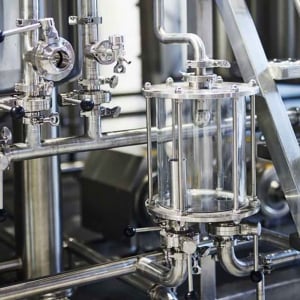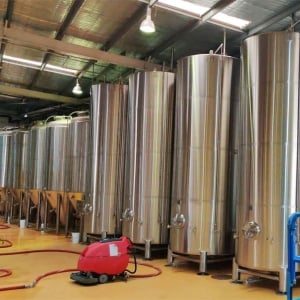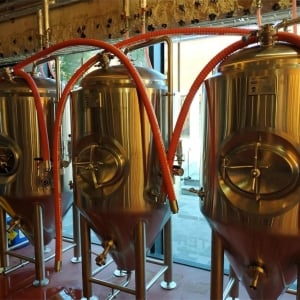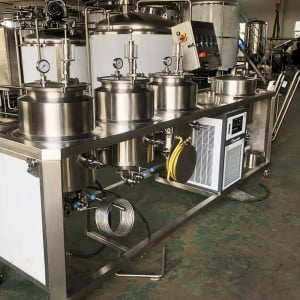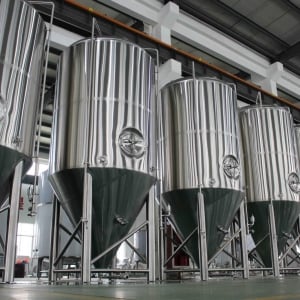How Do Micro/Nano Breweries Carbonate Their Kegs?
Microbreweries are small-scale beer production facilities typically producing less than 15,000 barrels of beer annually. Nano breweries are even smaller, often producing fewer than 3 barrels per batch. Despite their size, these breweries prioritize quality, creativity, and local appeal.
Carbonation plays a pivotal role in the brewing process. It involves dissolving carbon dioxide (CO2) into beer, creating the bubbles that enhance mouthfeel and flavor. Breweries can carbonate beer using natural or forced methods, depending on their equipment and production goals.
Why Carbonation Matters
- Enhances Flavor: CO2 amplifies aromas and balances the bitterness of hops.
- Creates Fizz: Carbonation gives beer its signature bubbles and refreshing texture.
- Improves Stability: Proper carbonation helps preserve the beer’s quality over time.
- Customer Appeal: A well-carbonated beer improves drinking satisfaction and visual appeal.
Now that we understand its importance, let’s dive deeper into the equipment, processes, and considerations for carbonating beer in micro and nano breweries.

Micro/Nano Brewery Equipment Guide for Carbonation
The equipment you choose for carbonation directly impacts beer quality, production efficiency, and costs. Here’s a breakdown of the key systems and tools used for carbonation:
Primary Equipment Used in Carbonation
| Equipment Type | Description | Purpose |
|---|---|---|
| Bright Beer Tanks (BBTs) | Storage vessels where beer is carbonated before packaging. | Ensures precise CO2 levels and conditioning. |
| Carbonation Stones | Porous stones that infuse CO2 into beer through fine bubbles. | Allows uniform CO2 distribution. |
| Inline Carbonators | Systems that inject CO2 directly into beer as it flows through pipes. | Provides quick and efficient carbonation. |
| Pressure Relief Valves | Safety devices that control pressure levels in tanks. | Prevents over-carbonation or tank damage. |
| CO2 Gas Regulators | Devices that monitor and regulate CO2 flow into tanks. | Maintains consistent carbonation levels. |
| Kegs and Bottling Systems | Equipment used to package carbonated beer. | Preserves carbonation during packaging. |
These tools work together to achieve proper carbonation, whether through natural or forced methods.
Brewing Process with Carbonation in Micro/Nano Breweries
The beer carbonation process can be approached in two main ways: natural carbonation and forced carbonation. Here’s a detailed explanation of both methods and how they apply to micro/nano breweries.
1. Natural Carbonation
Natural carbonation occurs when CO2 is produced naturally during fermentation. Brewers add a small amount of sugar (known as priming sugar) to the beer before sealing it in kegs, bottles, or cans. The remaining yeast consumes the sugar, creating CO2 as a byproduct. This method is often used in smaller breweries due to its simplicity and cost-effectiveness.
Advantages of Natural Carbonation
- Cost-Effective: No need for expensive CO2 systems.
- Traditional Taste: Adds complexity and depth to the beer’s flavor profile.
- Environmentally Friendly: Reduces reliance on external CO2 sources.
Limitations of Natural Carbonation
- Time-Consuming: Can take several days to weeks for carbonation to complete.
- Inconsistent Results: Harder to control CO2 levels precisely.
- Risk of Overcarbonation: If sugar amounts aren’t calculated accurately, beer may overcarbonate.
2. Forced Carbonation
Forced carbonation involves injecting CO2 directly into the beer under pressure. This method is faster, more precise, and widely used in modern micro and nano breweries.
Advantages of Forced Carbonation
- Speed: Achieves desired CO2 levels in hours rather than days.
- Precision: Allows brewers to control carbonation levels accurately.
- Consistency: Ensures uniform carbonation across all batches.
Limitations of Forced Carbonation
- Higher Costs: Requires CO2 tanks, regulators, and inline carbonators.
- Equipment Maintenance: Systems must be maintained to avoid leaks or inefficiencies.
Both methods have their pros and cons, and the choice depends on production goals, budget, and available equipment.
Carbonation Capacity, Spaces, Design, and Customization
When planning a micro or nano brewery, it’s important to consider the available space, equipment capacity, and customization options to optimize the carbonation process. Here’s a detailed comparison:
| Parameter | Description | Considerations |
| Capacity | Tank sizes range from 1-barrel to 15-barrel systems. | Choose capacity based on batch size and demand. |
| Space Requirements | Smaller breweries require compact, modular systems. | Ensure space for tanks, piping, and equipment. |
| Design and Layout | Vertical tanks optimize space; horizontal tanks offer stability. | Tailor layout to maximize efficiency and workflow. |
| Customization Options | Tanks, carbonation stones, and inline systems can be customized. | Match equipment to specific production goals. |
| Automation Features | Advanced systems offer automated CO2 monitoring and control. | Reduces manual labor and improves accuracy. |
Proper planning ensures your brewery runs efficiently and produces consistent, high-quality carbonated beer.
Top Suppliers and Price Range for Carbonation Equipment
Choosing the right supplier is key to setting up a successful carbonation system. Here’s a look at leading suppliers and their price ranges:
| Supplier | Specialization | Price Range | Notes |
| Ss Brewtech | BBTs, carbonation stones, CO2 systems | $2,000 – $20,000 | Known for premium quality equipment. |
| Blichmann Engineering | Inline carbonators, BBTs, CO2 systems | $3,000 – $15,000 | Offers customizable, modular systems. |
| Micet Craft | Complete carbonation setups | $5,000 – $30,000 | Provides cost-effective solutions. |
| PicoBrew | Compact systems for nano breweries | $1,500 – $10,000 | Focuses on small-scale, home setups. |
| Brewer’s Edge | CO2 regulators, bottling systems | $500 – $5,000 | Affordable options for startups. |
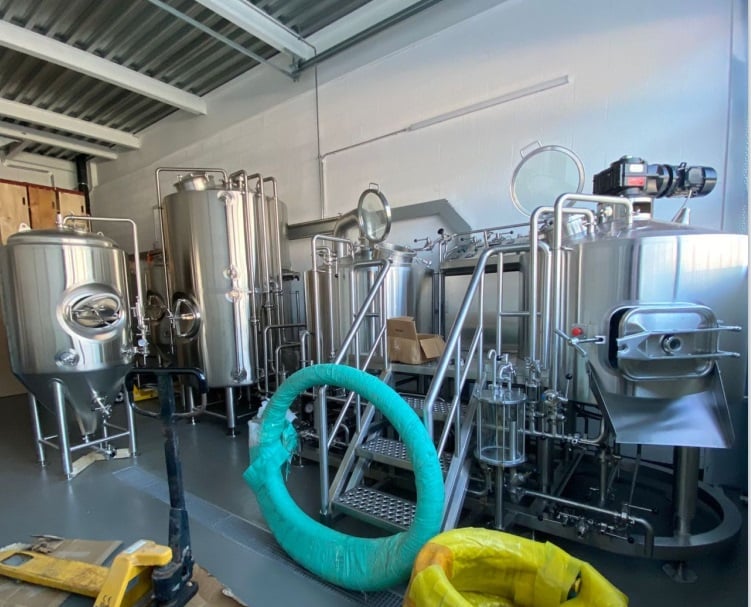
Installation, Operation, and Maintenance of Carbonation Systems
Proper installation, operation, and maintenance of carbonation equipment are critical to ensuring longevity, safety, and efficiency.
| Aspect | Details |
| Installation | Follow manufacturer guidelines for setting up tanks, pipes, and CO2 systems. |
| Operation | Monitor CO2 levels using regulators; ensure pressure remains consistent. |
| Maintenance | Regularly clean tanks and carbonation stones to prevent contamination. |
| Check CO2 lines for leaks and replace faulty valves or regulators. | |
| Safety | Use pressure relief valves to avoid overpressurization of tanks. |
How to Choose the Best Carbonation Equipment Supplier
Selecting the right supplier involves evaluating cost, quality, and support. Here are factors to consider:
| Criteria | Details |
| Reputation | Research supplier reviews and testimonials. |
| Product Range | Check if they offer equipment for all brewery sizes. |
| Customization | Look for suppliers that allow modifications to suit your needs. |
| Price | Compare costs while considering long-term value. |
| Customer Support | Ensure they provide after-sales support and training. |
| Warranty | Opt for equipment with extended warranties. |
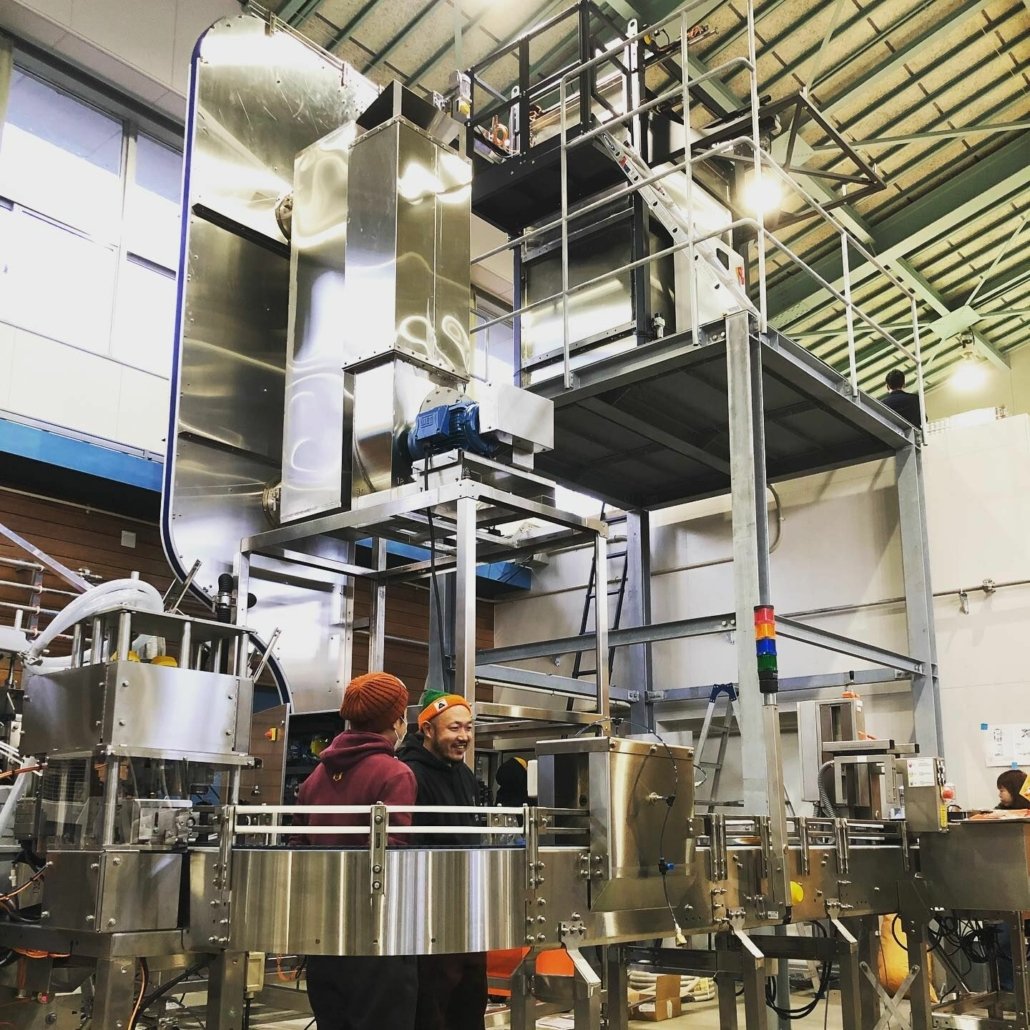
FAQ
| Question | Answer |
| What is beer carbonation? | Carbonation is the process of infusing CO2 into beer, creating fizz and enhancing flavor. |
| What is the difference between natural and forced carbonation? | Natural carbonation uses yeast to produce CO2, while forced carbonation injects CO2 directly. |
| How much does carbonation equipment cost? | Prices range from $500 to $30,000, depending on size and features. |
| Which equipment is essential for carbonation? | Bright beer tanks, carbonation stones, and CO2 regulators are key components. |
| How can I ensure consistent carbonation? | Use pressure regulators, monitor CO2 levels, and maintain equipment regularly. |
Conclusion
Carbonation is a cornerstone of quality beer production in micro and nano breweries. By understanding the equipment, processes, and costs involved, you can optimize your carbonation systems to produce exceptional brews. Whether you opt for natural or forced carbonation, the key lies in precision, consistency, and choosing the right equipment tailored to your needs. Cheers to crafting the perfect pint!





